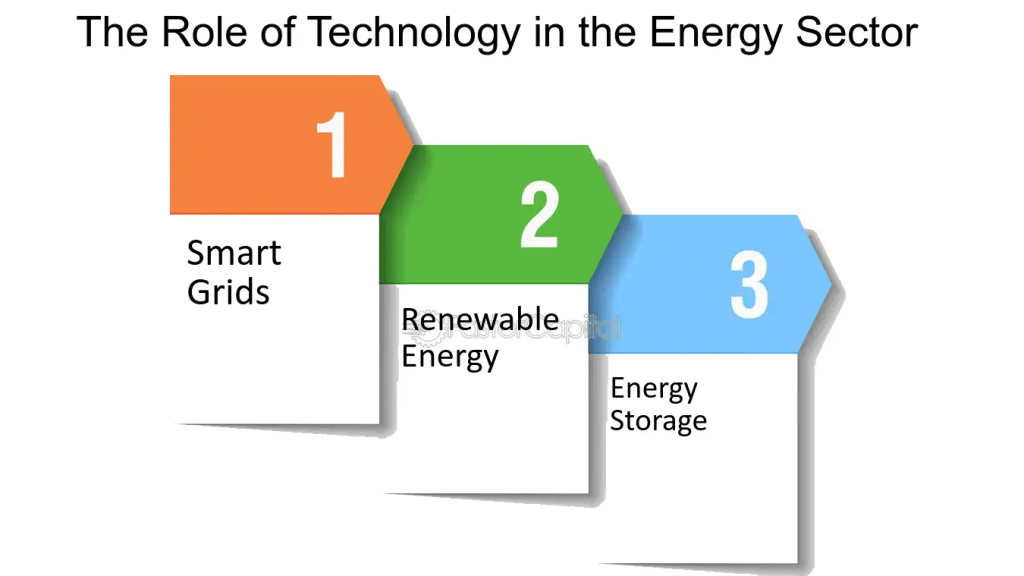Blockchain technology is a decentralised digital ledger system that records transactions across a network of computers. Each transaction is grouped into a “block” and linked in chronological order, forming a “chain.” This chain is distributed and maintained by multiple participants, or nodes, ensuring transparency and security. Blockchain’s primary innovation lies in its ability to create a tamper-proof and transparent record of transactions without the need for a central authority.
The concept of blockchain originated in 2008 with the publication of the Bitcoin whitepaper by an anonymous person or group known as Satoshi Nakamoto. Bitcoin, the first cryptocurrency, introduced the world to blockchain technology as its underlying infrastructure. Since then, blockchain has evolved beyond cryptocurrencies to find applications in various industries, including finance, supply chain management, healthcare, and more.
Table of Contents
Understanding Blockchain Basics
Blockchain technology is like a digital ledger, but unlike a traditional ledger that’s kept by a single entity, a blockchain ledger is shared among many computers, called nodes. Each node has a copy of the entire ledger, so there’s no central authority in control. This decentralization makes it highly secure because changing one copy of the ledger would require changing all copies across the network, which is nearly impossible.
Transactions in blockchain are grouped together into blocks. These blocks contain data about transactions, like who sent money to whom and when. Once a block is filled with transactions, it gets added to the chain of blocks that came before it, forming a continuous record of all transactions in chronological order. Because each block is linked to the one before it, altering any information in a previous block would require changing every subsequent block, making fraud or tampering extremely difficult.
Nodes in the blockchain network work together to validate transactions and reach a consensus about their validity. Different blockchain networks use different methods for this, such as proof-of-work or proof-of-stake. These consensus mechanisms ensure that all transactions added to the blockchain are legitimate and agreed upon by the majority of nodes. This decentralized validation process removes the need for a trusted intermediary, like a bank or government, and allows for secure, peer-to-peer transactions.
In summary, blockchain technology is a decentralized ledger system where transactions are recorded in blocks and linked together to form a secure, transparent chain. Nodes in the network validate transactions through a consensus mechanism, ensuring trust and eliminating the need for intermediaries. This innovative technology has the potential to revolutionize various industries by providing a more efficient, secure, and transparent way of conducting transactions and storing data.
Purpose of Blockchain Technology
Blockchain technology aims to make transactions more secure, transparent, and efficient. One way it does this is by providing an immutable ledger.
- Immutable Ledger for Enhanced Security: Blockchain provides an immutable ledger where once a transaction is recorded, it cannot be altered or deleted. This feature enhances security by reducing the risk of fraud and tampering, making it ideal for applications where data integrity is critical.
- Decentralization for Transparency and Trust: Blockchain fosters transparency and trust by offering a decentralized system where transactions are visible to all participants in the network. This transparency increases accountability and reduces the need for intermediaries, leading to more efficient and cost-effective processes.
- Trustless Transactions through Smart Contracts: Blockchain enables trustless transactions, allowing parties to engage in transactions without needing to trust each other or a central authority. Smart contracts, a feature of blockchain, automatically execute predefined terms of agreements when certain conditions are met, streamlining processes and reducing the need for intermediaries.
- Fostering Innovation Across Industries: Blockchain technology has the potential to foster innovation by enabling new business models and applications across various industries. Its decentralized nature and cryptographic security offer opportunities for developing decentralized finance (DeFi), supply chain management, healthcare systems, and more, revolutionizing traditional systems.
Challenges and Limitations
While blockchain technology holds great promise, it also faces several challenges and limitations that must be addressed for widespread adoption and scalability.
Scalability Issues
One of the primary challenges facing blockchain technology is scalability. As the number of transactions on a blockchain network increases, so does the time and resources required to process and validate each transaction. This can lead to slower transaction speeds and higher fees, limiting the scalability of blockchain networks, especially in high-demand environments. Solving scalability issues is crucial for blockchain to support large-scale applications and accommodate the growing user base.
Energy Consumption
Another significant concern is the energy consumption associated with certain consensus mechanisms, such as proof-of-work (PoW). PoW requires miners to solve complex mathematical puzzles to validate transactions and secure the network, which consumes substantial amounts of energy. This has raised environmental concerns and contributed to the perception of blockchain as an environmentally unfriendly technology. Developing more energy-efficient consensus mechanisms or transitioning to alternative approaches is essential to mitigate blockchain’s environmental impact.
Regulatory Concerns
Blockchain technology operates in a regulatory gray area in many jurisdictions, posing challenges for adoption and integration into existing legal frameworks. Regulatory uncertainty surrounding issues such as taxation, data privacy, and identity verification can hinder innovation and investment in blockchain-based projects. Establishing clear and coherent regulations that provide legal clarity while fostering innovation is crucial for the widespread adoption of blockchain technology.
Interoperability
Interoperability, or the ability of different blockchain networks to communicate and interact with each other seamlessly, is another challenge facing the blockchain ecosystem. Currently, most blockchain platforms operate in isolation, making it difficult to exchange data and assets between different networks. Achieving interoperability would enable greater collaboration and integration between blockchain projects, unlocking new possibilities for innovation and scalability.
Future Outlook
Blockchain technology is set to keep growing and changing. We’ll see more improvements to how it works, like making it faster and better at handling lots of transactions. Plus, new ideas will keep popping up to make blockchain even more useful, like finding ways to make it work with other systems and keeping our information even safer.
As blockchain becomes more popular, we’ll start seeing it used in everyday life. Businesses and governments will start using it to make things run smoother, save money, and keep things secure. This means we might see changes in how we buy things, how we share information online, and even how our governments keep track of important records. But as blockchain grows, we’ll also need to think about how to make sure everyone can use it fairly and safely, so it benefits everyone.
Conclusion
Blockchain technology offers exciting possibilities to transform how we do things. It’s not just about digital money; it’s about making transactions safer, processes smoother, and information more trustworthy.
As we move forward, we’ll need to tackle challenges like making blockchain faster and easier to use for everyone. We must also figure out how to fit it into existing rules and systems while ensuring fairness and privacy for all. Despite these hurdles, the future of blockchain looks bright. With teamwork and innovation, we can unlock its full potential to create a world where trust is built into every transaction, and opportunities for progress are open to all.







